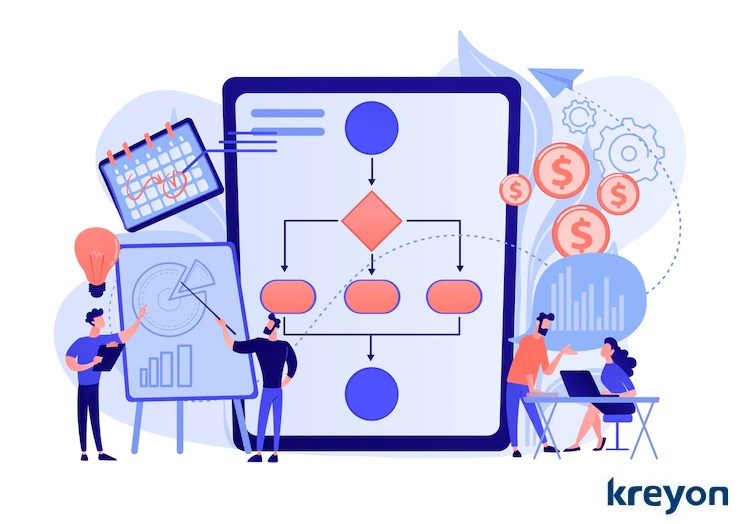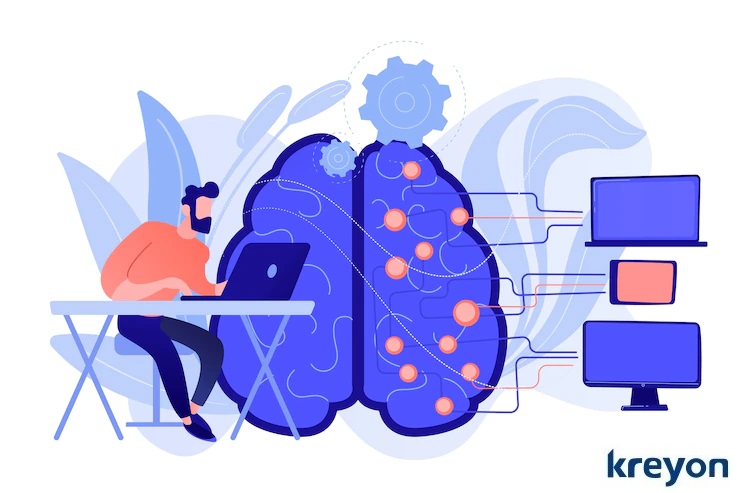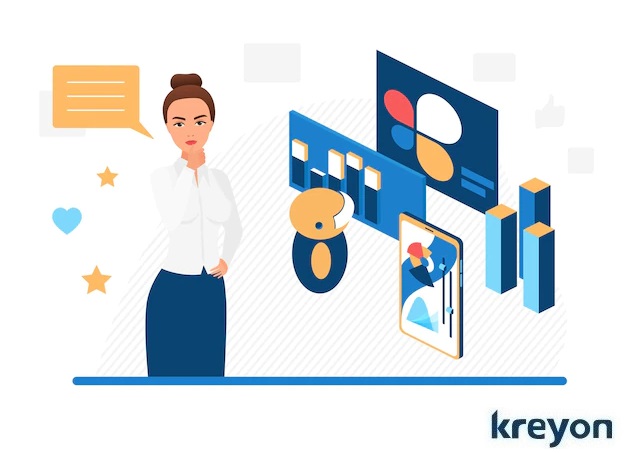AI and Content Management: How Artificial Intelligence is Changing the Way Content is Managed in Businesses

AI and content management are becoming an inseparable combination. So you have content. Perhaps you’ve even collected it all in one place, like a document or folder. Maybe it’s even organized and searchable. Great! Now what? Keeping content organized and accessible is the first big hurdle for businesses that want to use their documents effectively.
Because when you stop storing your files in a desk drawer, on old drives and disks, or in your head (yours probably isn’t as good as Picard’s) there are new challenges to contend with. With so much content available online, how do we find what we need when we need it? And how do we ensure that content creators don’t duplicate efforts by creating new versions of the same document multiple times? Read on to learn about artificial intelligence and its impact on content management
What is Artificial Intelligence?
Artificial intelligence is the ability of computers to process information and make decisions using algorithms. Those algorithms are often modeled after human decision-making processes, so AI is often referred to as machine learning. AI can be used to automate tasks, identify patterns in data, and solve problems.
It also allows computers to “learn” so they don’t have to be programmed for every specific situation. Artificial intelligence is already used for many things, such as automated customer service and sales, computer vision, robotics, and medical diagnosis. AI has the potential to transform almost every industry, from transportation to food production. Many people are concerned about AI because it could lead to job loss. In fact, experts predict that AI will eliminate about 50% of all jobs in the next 20 years.
AI and Content Management in Business
Businesses with lots of content to manage have long relied on software to help them organize and find information quickly and easily. If you’re using one of those tools, you’re probably familiar with fields, tags, and keywords. These are all ways of making information findable by computers and other people, but they’re not enough.
If you’ve got specific content that needs to be findable by people, computers, and other software, you’re going to need to do more. As businesses move toward digital transformation, they need a new way to organize their content. It can’t just be a list of documents. It must be an integrated knowledge base that’s accessible everywhere, by everyone. And it needs to be discoverable by people, software, and other businesses. AI can help in all of these areas.
AI and Document Recognition

When we talk about document recognition, we’re talking about computers being able to read the content of a document. If a piece of software can read a document and understand its meaning, it can apply metadata that helps it be found and used. This means that a document will have not just a title, but metadata about its author, subject, and source.
It makes it easier to find and use. This is especially helpful if you have lots of documents in different formats and in different places. With a document recognition tool, all of your documents can be scanned and converted into searchable, usable information. AI can also be used to identify who wrote a document and when it was created. That means you can instantly find the latest version of a document because you’ll know which version was most recently edited.
AI and Natural Language Processing
Natural language processing is the ability of computers to understand human languages. Computers can already be programmed to understand specific languages, but once they can understand all languages, they’ll be able to read your documents and summarize them for you, search for information and provide context for it, and synthesize information to create new documents.
This will add a new level of automation to the ways computers are already interacting with content. It’ll also make it easier to create new content by summarizing related information. Instead of summarizing your document for your readers, your readers can summarize it for you. That way, you can be sure your readers have all the information they need, but it’ll be presented in a way that works for them.
AI and Machine Learning for Content

Newer computer technologies rely on machine learning. This refers to the ability of computers to learn and change as they analyze more data. This is what allows a computer to identify objects in a photo and be able to understand a child’s voice. It also allows computers to be trained to do new things. This is how your computer gets better at a game as you play it.
It’s also how computers are able to create new things as they’re being programmed. Imagine if you could train your computer to make decisions and recommendations based on your content and your readers’ behavior. You can. This is what makes artificial intelligence so exciting. It has the potential to change the way businesses are run by making information easier to find and use, information easier to create, and recommendations easier to make. It’s already changing the way we manage content.
Conclusion
Artificial intelligence is already changing the way we manage content. It’s making it easier to find information, create new content, and make recommendations. As the technology continues to improve, it will become even more useful for automatic classification and categorization etc. Enterprise content management software can provide useful insights, uncover hidden value and relationships in organizational data .
